Our Step-By-Step Process
Through all the years I have been designing I have learned so much about the importance of having a process to follow for completing projects and being able to explain that process to my clients. I’m sure that most designers have a different process that evolves as they gain more and more experience in the field. We learn the basics of the process in school and adjust as we go.
This is the 7 step process that works for me:
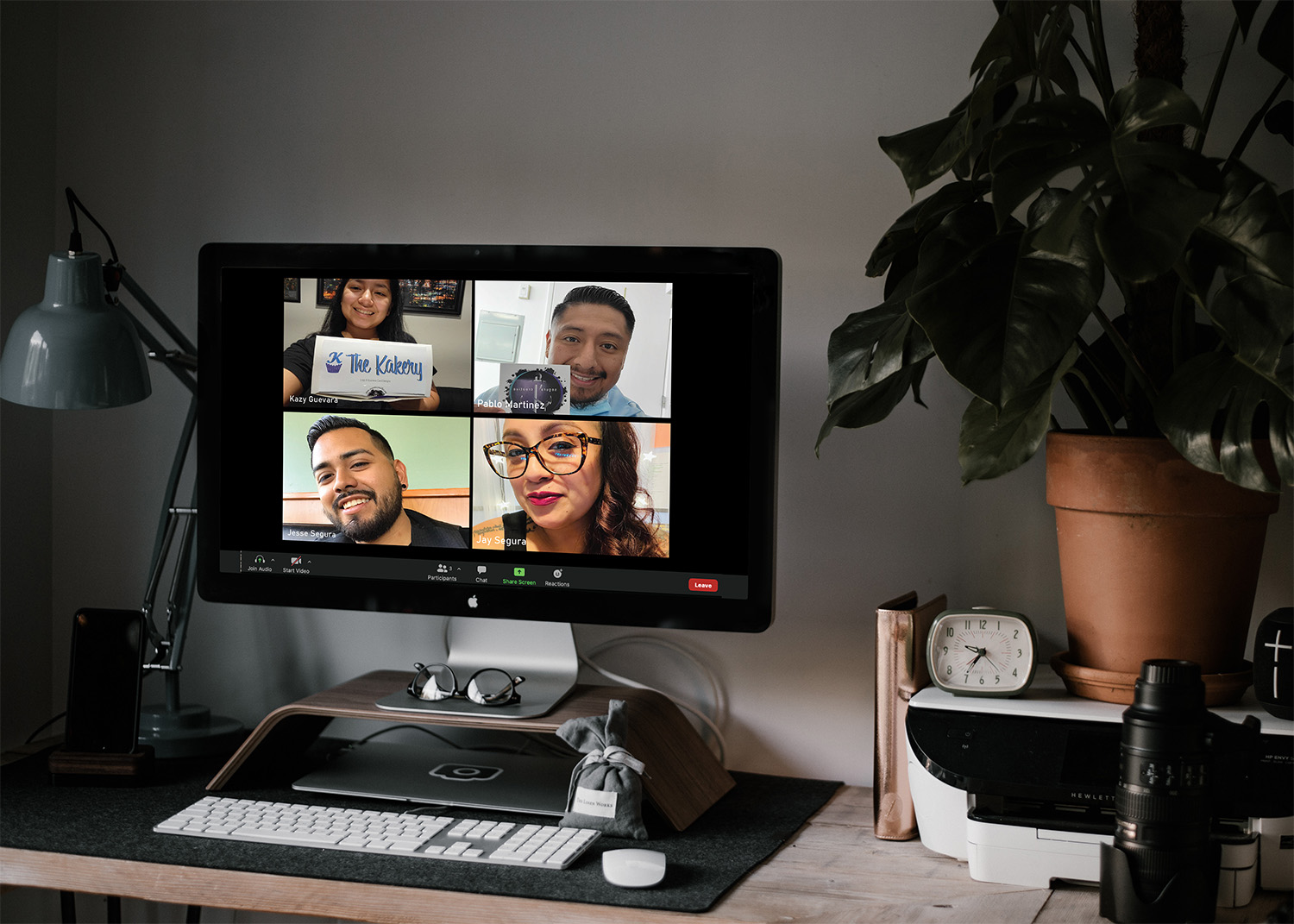
1. Initial Meeting
The initial meeting as well as all other meetings take place on Zoom. In this stage of the process I basically interview the client and ask all the necessary questions to build my deign brief, which ultimately helps me understand the direction the design will take.
The questions cover the following:
- information about the company
- information about their target audience
- questions about their brand
- pricing
- time management
- project management
- due dates
- confirmation of cost
- and finally the clients homework. Yes, I give my clients homework.
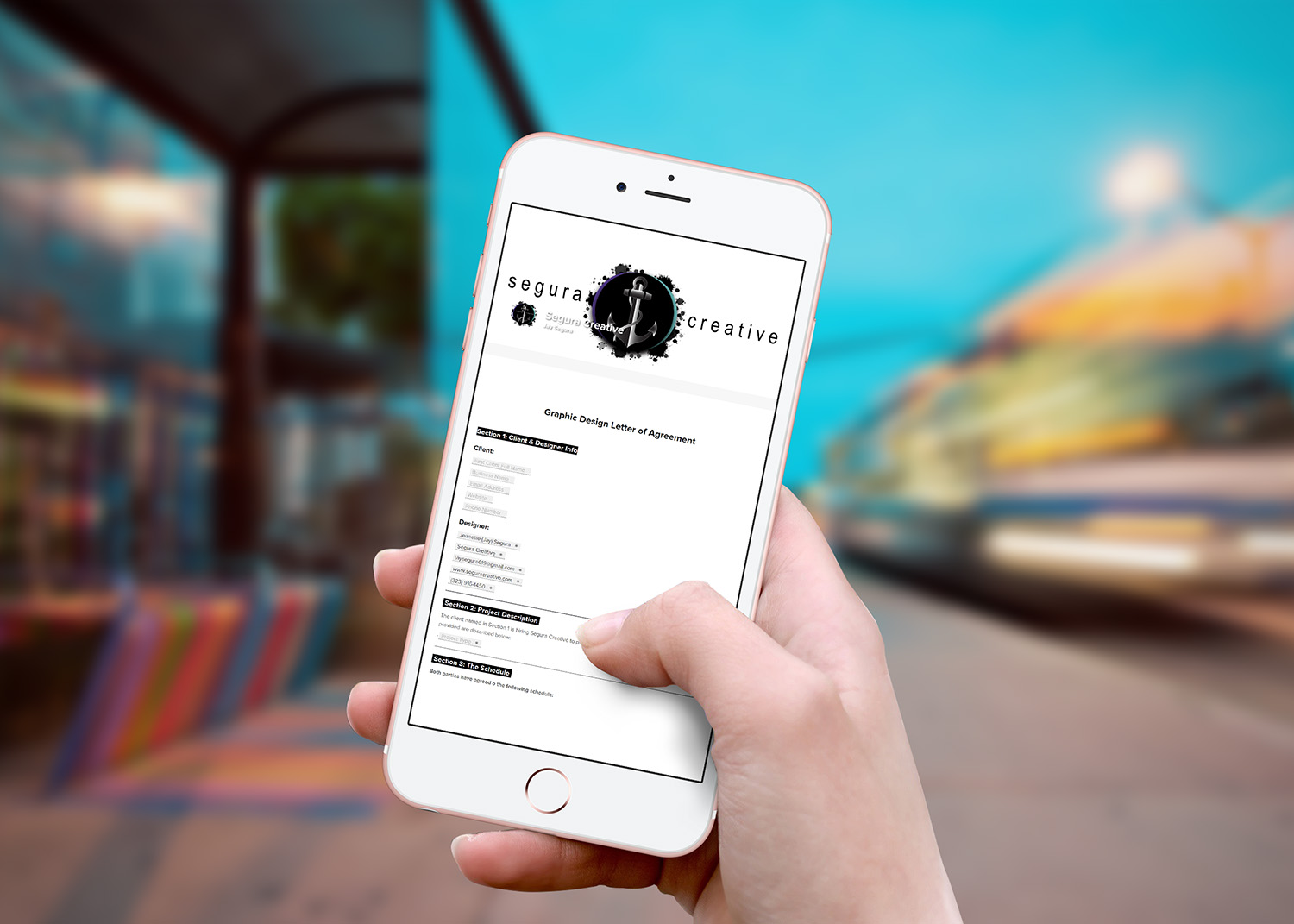
2. Agreement Letter & Signature
After I have gotten to know the client and the specifics of their project I write out the letter of agreement. This is essentially a contract that outlines all the important information of the process. My letter of agreement includes the following:
- Section 1 Client & Designer Information -Here I list all the clients contact and business information as well as ours.
- Section 2 Project description – This section includes the details of the project.
- Section 3 Schedule – Here I include the project deadline and how often we will meet to discuss the progress of the project.
- Section 4 Payment Agreement – This section includes the amounts due, when they’re due and the pending balance if any.
- Section 5 Client Approval & Revisions – This sections includes statements that the client will acknowledge by initialing next to each one. They explain how many revisions the client is entitled to, the cost of additional revisions and the final project approval process.
- Section 6 Additional Information – This section outlines our no refund policy, it informs the client that the due date is subject to change if there are any revisions and our right to use the project on social media and our website portfolio.
- Section 7 Client Signature – This is where the client signs and dates the agreement letter. Here they agree to move forward with the project while understanding everything outlined above.
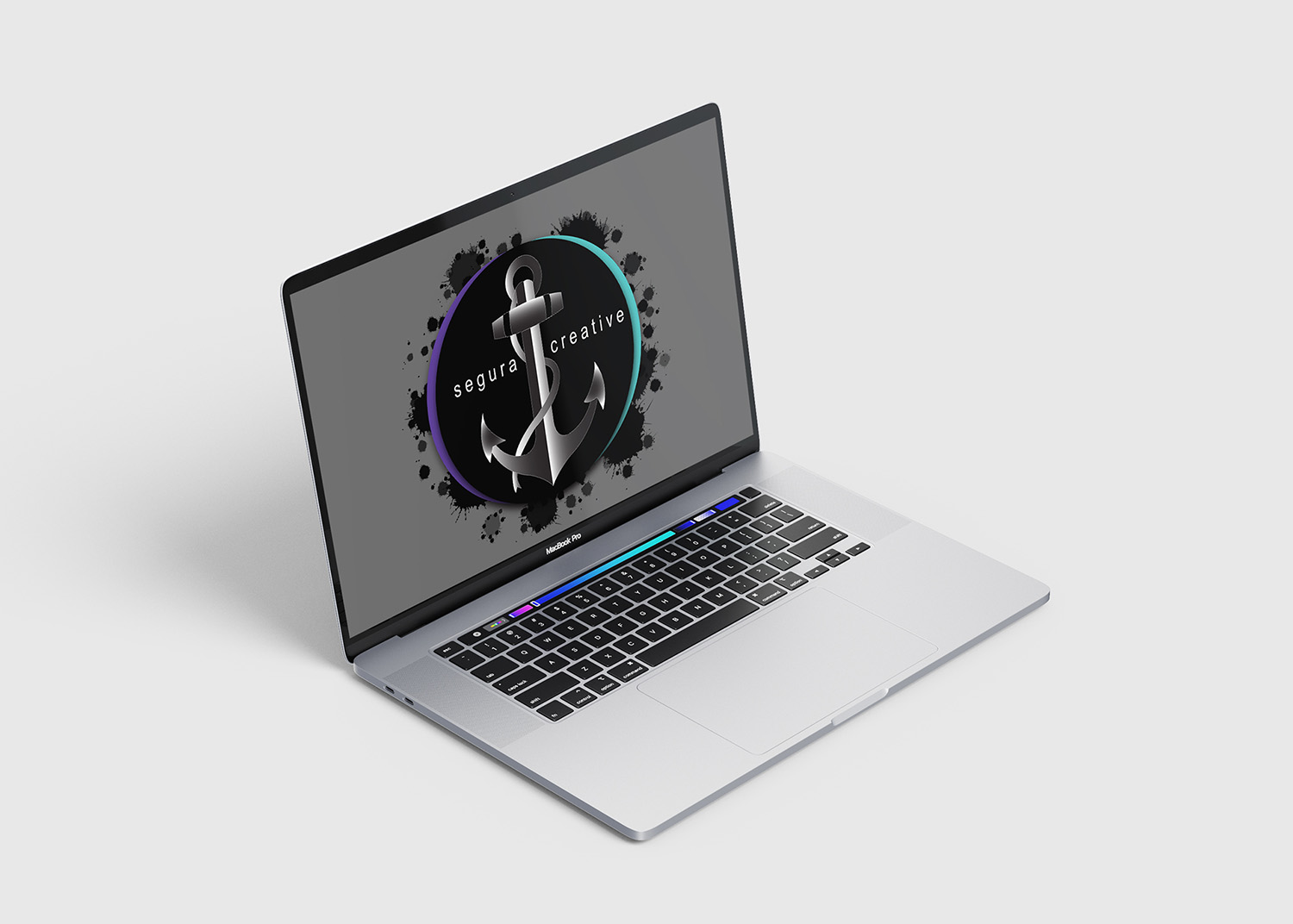
3. Research The Competitors
During this part of the process I research the clients competitors primarily focusing on the following:
- Similarities in logo styles in the industry.
- Similarities in branding styles
- Similarities in fonts used.
- Colors that are used the most throughout their logos.
- Colors that are used throughout their websites.
- Most importantly how we will make our client stand out from their competitors.
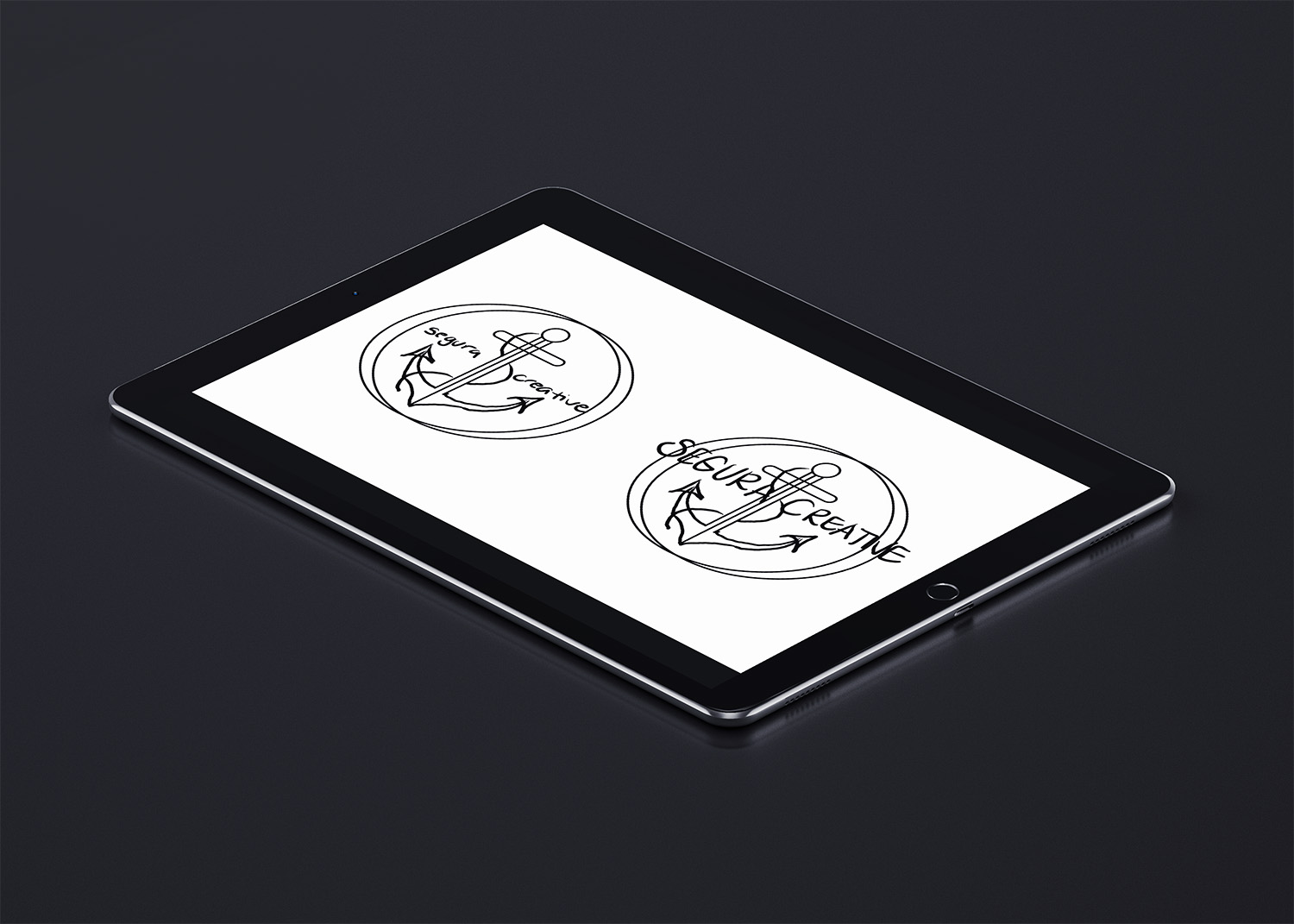
4. Sketching Begins
I usually use my tablet for the sketching process because it allows for quick adjustments and creating different variations of the same idea. In the initial sketches we consider all the information that has already been gathered through the process. Including the following:
- Information gathered during the design brief.
- Information gathered while researching competitors.
- The main usage of the logo. Ex: Social media, Website, Print etc.
- And finally, the clients homework assignment which included giving us examples of colors & fonts they would consider for their logo, logos they like and don’t like, as well as any old logos or marketing materials if they are rebranding.
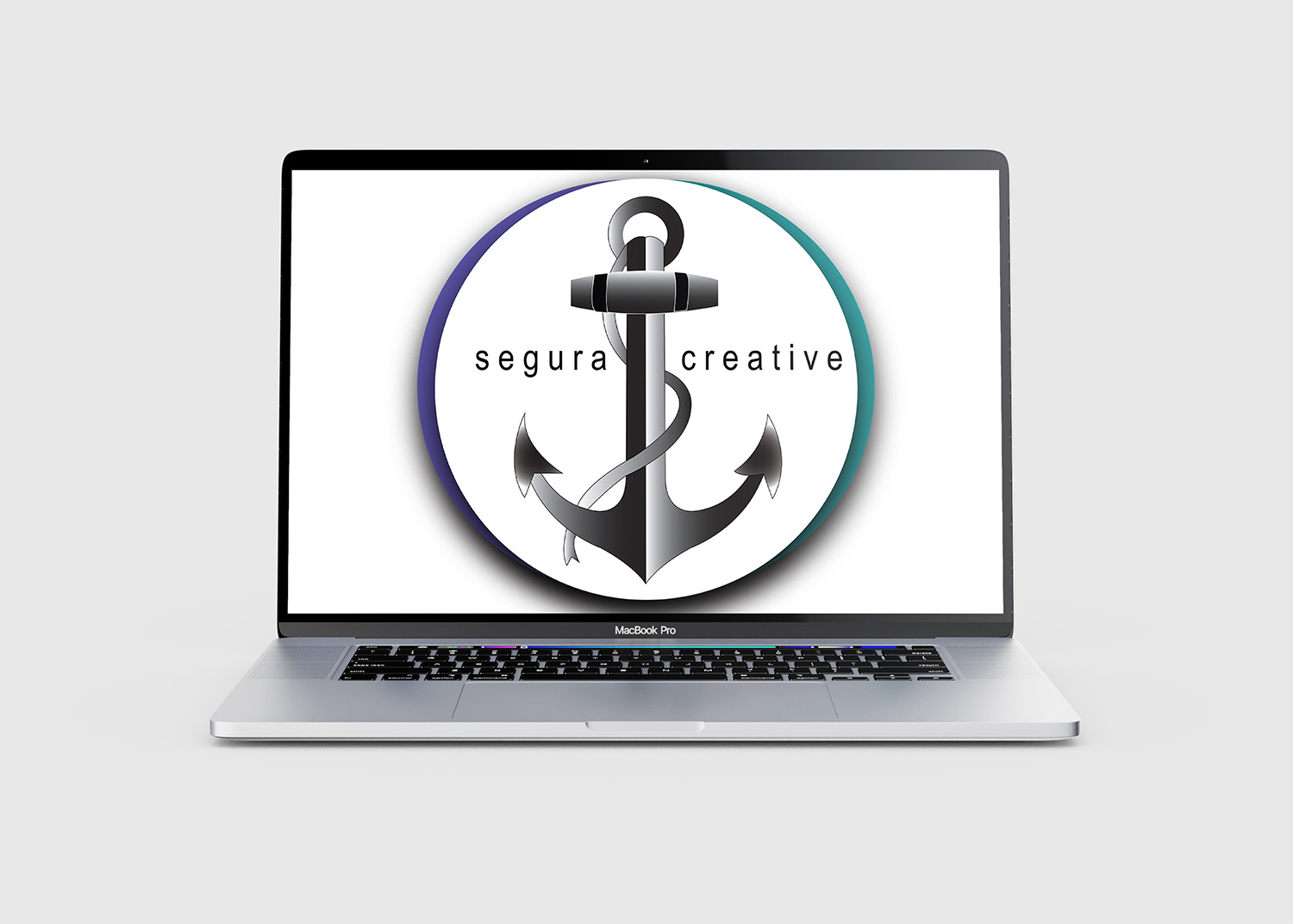
5. Digital Drafts
To create the digital drafts we take the best 3 sketches and re-create them in our design software, Adobe Illustrator. This allows us to experiment with colors, fonts, spacing etc.
We create more variations and more options that we can present to the client.
From these drafts, the client chooses a design that they want to continue the process with. If none of the drafts work for the client, they give us an idea of something different they want to try.
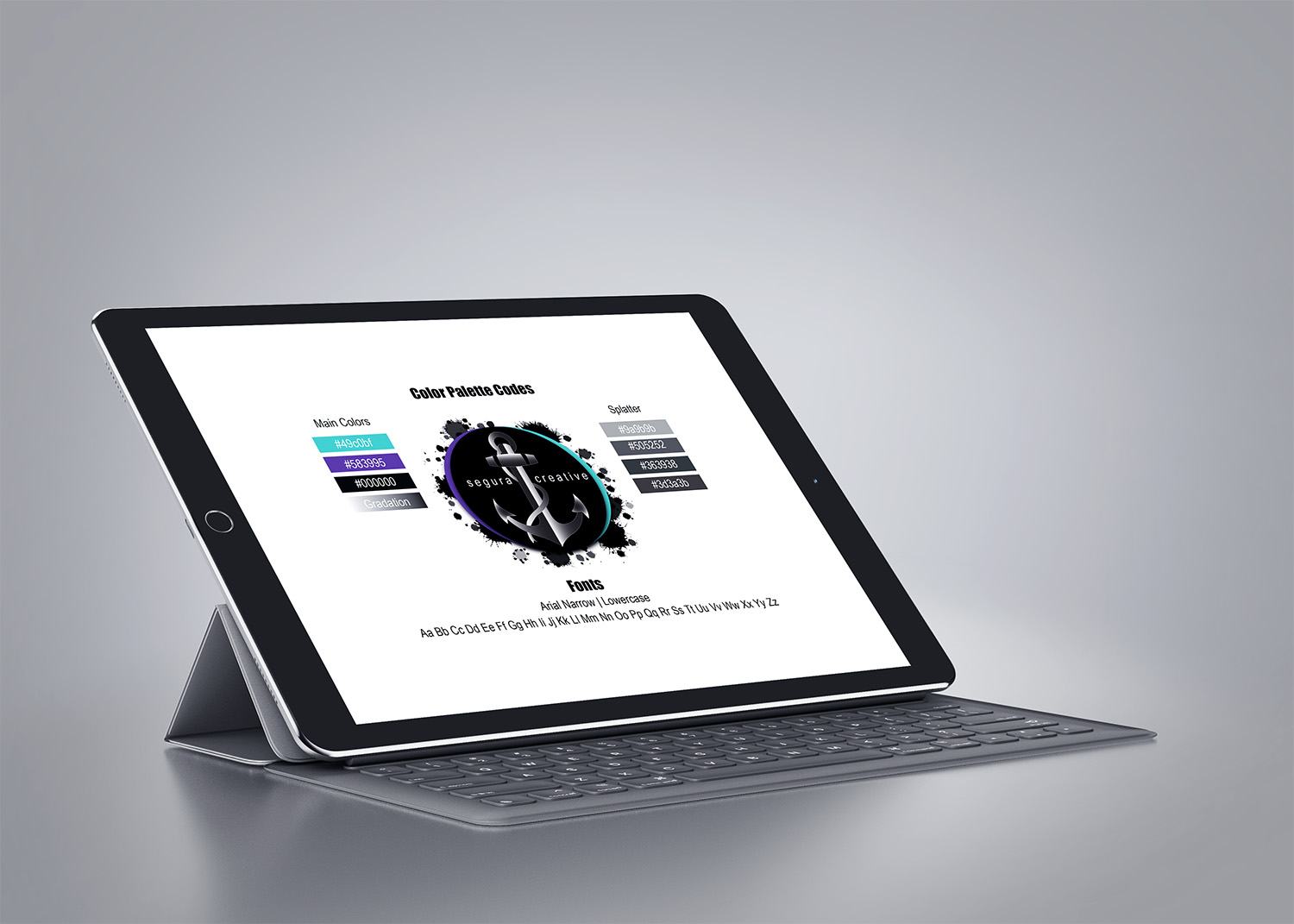
6. Refining The Clients Choice
During this stage of the process I consult the client about all the options that were given during the previous step and fine tune the selected option to get closer to the final product.
This allows for the client to change the colors, fonts, shapes, spacing etc. We give the client 3 revisions from this point forward.
Revisions 4 and up require additional paperwork that inform the client of costs accrued for each additional revision.
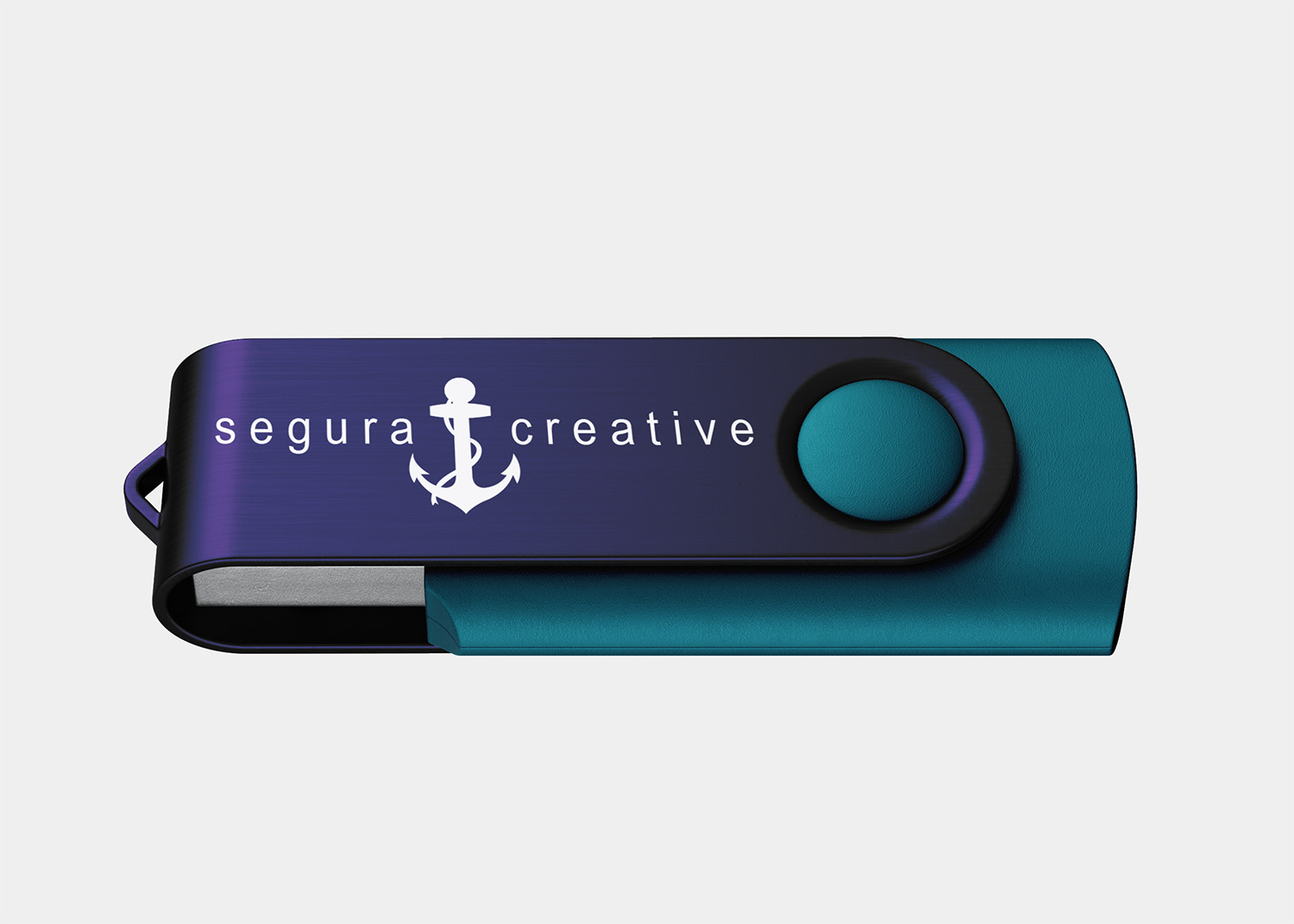
7. Final Files Are Delivered
The final stage of the process is handing the deliverables to the client. This changes from client to client because all projects are different. For the most part, for logos deliverables include the following:
- Full color and grayscale versions of the logo in RGB & CMYK format.
- PDF, PNG, JPG & AI files.
- Small, Medium & Large version of each of the variations of the logo.
- Files for fonts that were used in the logo.
- A spec sheet that explains to the client the purpose of every file type, the codes for the colors that are used, the fonts that were used & recommendations on what not to do with their logo.
- A copy of the letter of agreement.
- A copy of revision sheets if any were used for the client.
Gathering all the deliverables for the client is one of the most time consuming parts of the process but we find that clients really appreciate having all this information and it’s very helpful to have everything they might need in the future in one place.